The pea is most commonly the small spherical seed or the seed-pod of the pod fruit Pisum sativum. Each pod contains several peas, which can be either green or yellow. While many people think that peas are vegetables, they’re actually botanically fruit. Take a look below for 28 more fun and interesting facts about peas.
1. Peas are an annual plant, with a life cycle of one year.
2. Peas are a cool-season crop grown in many parts of the world. Planting can take place from winter to early summer depending on location.
3. Immature peas are used as a vegetable, fresh, frozen or canned. Varieties of the species typically called field peas are grown to produce dry peas like the split pea shelled from the matured pod.
4. In Europe, eating fresh immature green peas was an innovation of Early Modern cuisine.
5. The earliest archaeological finds of peas date from the late neolithic era of current Greece, Syria, Turkey and Jordan.
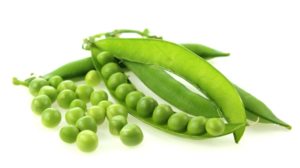
6. The pea was present in Georgia in the 5th millennium BC. They were also present in Afghanistan in 2000 BC, in Harappa, Pakistan, and in northwest India in 2250 BC.
7. In early times, peas were grown mostly for their dry seeds.
8. In the first century AD, Columella mentions peas in “De re rustica,” when Roman legionaries still gathered wild peas from the sandy soils of Numidia and Judea to supplement their rations.
9. In the Middle Ages, field peas are constantly mentioned, as they were the staple that kept famine at bay, as Charles the Good, count of Flanders, noted explicitly in 1124.
10. Green peas, eaten immature and fresh, were an innovative luxury of Early Modern Europe.
11. Fossil evidence indicate that people ate peas even during the Bronze Age.
12. There are hundreds of varieties of peas that are mostly cultivated in cooler climates, on a well drained and fertile soil.
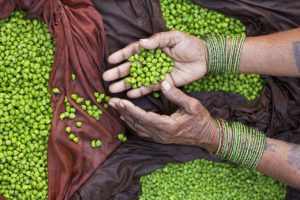
13. Pea is a fragile plant that can grow as a low-ground plant or as a vine. They develop snake-like tendrils which support the plant by attaching to the surrounding structures and objects. They can grow up to 6 feet in height.
14. Pea plants have compound leaves that consist of two or more leaflets. The leaves are alternately arranged on the stem.
15. Pea plants have white or pink flowers. They contain both male and female reproductive organs which mature at the same time.
16. Some types of peas have edible pods. However, the majority of pea species have inedible pods that need to be removed before consumption.
17. Peas quickly lose their sweet taste after the harvest. This is why peas should be eaten quickly after their removal from the pods.
18. The most popular varieties of pea are snow peas, snap peas and sugar peas.
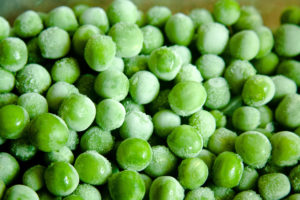
19. Peas are an excellent source of dietary fibers, proteins, vitamin C, vitamin B3, vitamin B9, beta-carotene, zinc and iron.
20. Gregor Mendel is the father of modern genetics. He discovered basic laws of inheritance in the 19th century by planting and cross-breeding peas of different color, size and type of seed.
21. Peas are an integral part of French and Asian cuisine for the past 1000 years. They can be eaten raw, or cooked in the form of soups, curries, omelettes, porridges and casseroles.
22. The oldest pea was found in Thailand. It was over 3,000 years old.
23. 35,000 hectares of peas are grown in the United Kingdom in a single year.
24. The first frozen peas were frozen in the 1920s by Clarence Birdseye.

25. The proper etiquette for eating peas is to squish them on the back of your fork.
26. In 1969, the first television commercial broadcast in color was for Birds Eye frozen peas.
27. In 1989, there was a television program about peas that lived in overgrown flowerpots at the bottom of a garden. The show was called “The Poddington Peas.”
28. The word “pea” originates from the Latin word “pisum,” which is the latinisation of the Greek word “pison.”

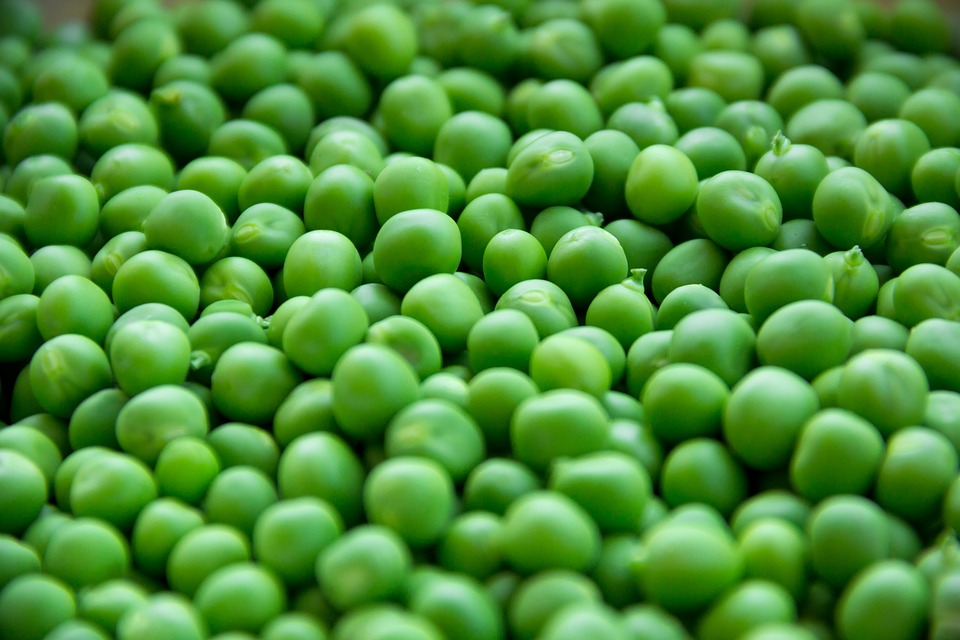

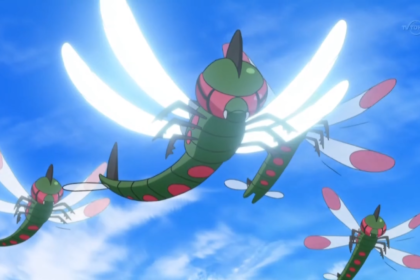

One Comment
ali
September 23, 2019 at 4:25 pmWhy are English peas so popular these days??